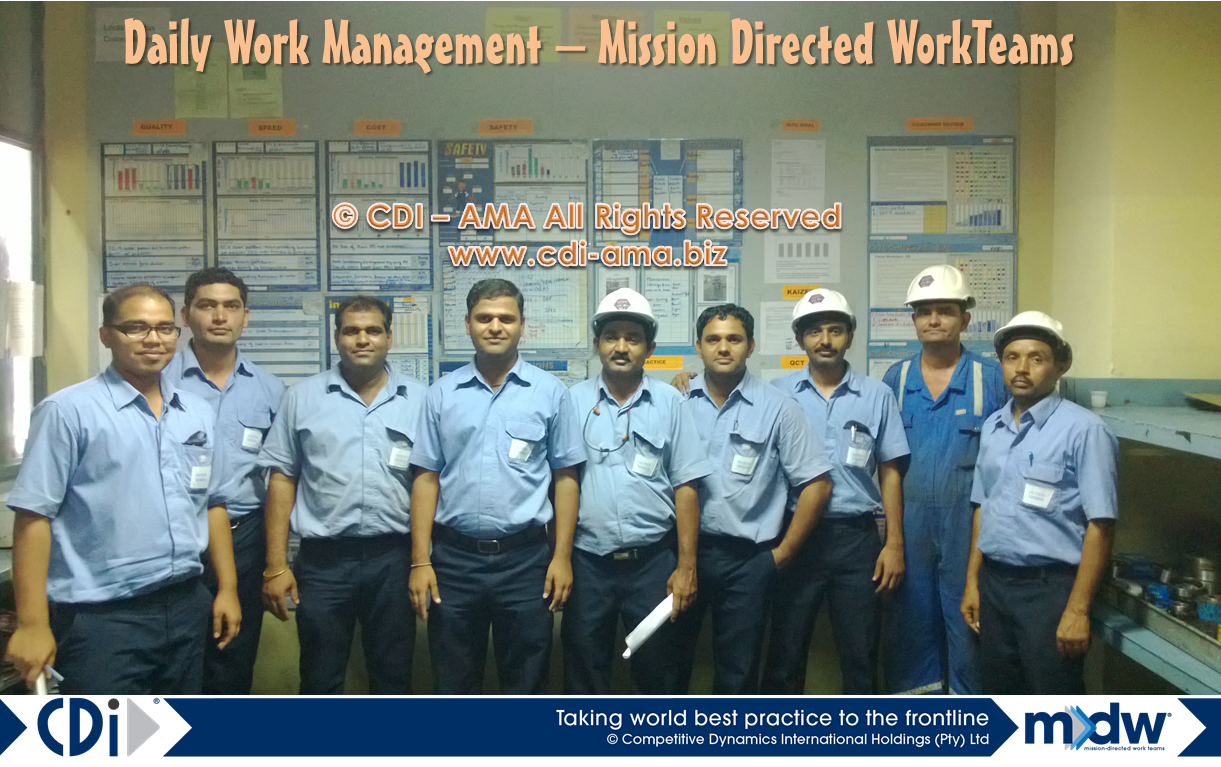Waste Management - Introduction
Eliminating Waste - adds value to Business and frees up valuable resources.
Waste is not only one of the simplest parameters to implement, it also delivers immense value to Organizations which can implement this parameter at Level 4 or 5. In my interactions with over 500 MSMEs, less than 1% have correctly understood the meaning of “WASTE”.
Hence it is important to understand what this term means in the context of ZED Framework.
Credits: All MDW© [Mission Directed Workteams©] Program material reproduced here is the property of Competitive Dynamics International - Asia & Middle East (www.cdi-ama.biz) and may not be reproduced in any form or for any purpose whatsoever.
First of all we must understand WASTE.
Waste IS NOT Scrap, Garbage, Disposable Items, Savings of Energy etc. as commonly understood.
WASTE IS any activity that does not add value to the customer. In the context of ZED we are referring to the Lean term "7 Wastes".
4 Steps to achieving higher Maturity levels on Waste Management
1. Build Awareness of the 7 Wastes.
Your score will depend on the extent to which your workforce understands the meaning of Waste and its effect on Profitability – and is highest when
"All employees are aware of waste and its effect on profitability”.
2. Train Workforce on minimizing Waste and implement Waste Reduction Initiatives on the shop floor.
Topics to cover
a] 3Ms : Muda, Mura, Muri
- Muda: Non Value Adding Activities
- Mura: Unevenness)
- Muri: Overburdening Machines or Operators).
- Read More : https://www.lean.org/lexicon/muda-mura-muri
b] 7 Wastes
The Toyota Production System classifies Waste in 7 Categories. This is commonly referred to as the "7 Wastes".
c] 5 Whys
This is a Problem Solving tool which seeks to identify the Root Cause of any deviation. The objective is to eliminate future recurrence by addressing the Root Cause. It is an Easy-to-Understand and Easy-to-Practice tool for frontline workforce.
d] Poka Yoke
Literally "Mistake Proofing" finding ways to prevent mistakes from happening in the first place. For example some Automatic Cars do not start if the clutch is not pressed. This Poka Yoke prevents accidents on account of small children playing with parked vehicles.
3. Implement Tools to manage 7 wastes
a] Standard Work
- Standard work is current best-known method to be followed consistently when performing a specific task
- It is Documented & visually displayed e.g. as a Standard Operating Procedure (SOP).
- Know More: https://www.lean.org/Workshops/WorkshopDescription.cfm?WorkshopId=20
b] Kaizen
- Continuous Improvement projects undertaken by employees - preferably Frontline Workers.
c] Process to generate & implement ideas for Waste reduction.
- Waste reduction must be done as an ongoing activity, with the involvement of as many frontline team members as possible.
- Establish a well documented process for obtaining and implementing Ideas for Waste reduction.
4. Set & review Targets for reducing Waste.
- Well defined targets for Waste reduction.
- Establish focus on monitoring progress and target achievement.
- Regular review of progress & course correction.
Credits: All MDW© [Mission Directed Workteams©] Program material reproduced here is the property of Competitive Dynamics International - Asia & Middle East (www.cdi-ama.biz) and may not be reproduced in any form or for any purpose whatsoever.
These topics will be covered in further detail in subsequent articles. Keep checking this blog for updates or click on the "Subscribe" button to be notified of new articles.
Email: ZED.Consulting.IN@Gmail.com
WhatsappWeb: https://wa.me/919871902031










The top ewaste management companies in india combine technology and sustainability. They dismantle, recycle, and repurpose e-waste while minimizing environmental damage.
ReplyDelete